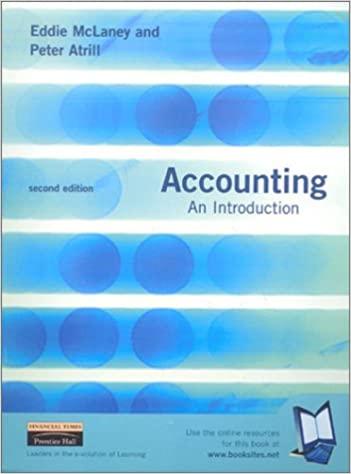Question
Based on the below mini case, provide a detailed self-explanatory solutions for the following questions. Provide solutions from your point of view and your opinion
Based on the below mini case, provide a detailed self-explanatory solutions for the following questions. Provide solutions from your point of view and your opinion after reading the mini case.
- Explain the pros and cons of all three alternatives open to Schneider.
- Considering the third alternative, what method do you recommend; ally or acquire?
Mini Case
Schneider Electric calls itself 'The Global Specialist in Energy Management'. With a turnover of 250 billion and employing 160,000 people in more than 100 countries in 2015, Schneider Electric provides products and services five energy markets: infrastructure, data centers and networks, industry, residential and buildings.
The company entered India in 1993 through a series of partnerships and established its own subsidiary in the same year. India rapidly became an important market. Schneider focused on the premium market segments with a distribution strategy that was based on direct selling, and was not very familiar with the retail indirect selling markets. It developed a strategy of creating and locally manufacturing products specifically for India, the 'in India for India push'. By the end of 2010, Schneider Electric Corporation had about 15,000 employees, 31 manufacturing plants and 2,000 channel partners. In 2011, the company faced a decision regarding Schneider Electric's power backup products.
Electrical backup devices are designed to ensure a continuous supply of power to a site. The market for backup products in India is made of two major segments:
a. The UPS (uninterruptible power supply) segment needs devices with an in-built battery and/or electronic devices to briefly provide emergency power to computers and other critical equipment before backup generators kick in. Large-scale UPS devices were sold directly to corporate customers. The market for small UPS devices was price sensitive, fragmented and sales were made through distributors. The large-scale UPS market in India, worth US$530 million and growing at 7% annually, was dominated by large global firms. Schneider, with 9.4% of market share, was one of the big players in this segment. It had developed products as part of the 'in India for India' program with its own R&D team, its devoted manufacturing and both direct and indirect distribution channels. Schneider revenue from the UPS segment was about US$50 million.
b. The inverter segment was made up of devices serving non-critical applications such as lights, fans and TVs for several hours to a day. While backup power in large apartment of office complexes was met by diesel generators this was not the case for individual homes or small businesses. Unlike the UPS devices, the inverter's battery, that could be bought separately, was a critical element of the device since it had to provide longer hours of use. Batteries had to be changed frequently and cost up to three times the cost of the inverter device itself. This technology was less advanced and the market, although less lucrative, was bigger in term of units sold than the UPS market. The know-how and components were widely available and the market, worth US$430 million and growing 20% annually, was dominated by Indian producers. Foreign multinational attempts to break into this market had met with limited success.
For Schneider, these Indian backup products were part of the data centers and networks business. Considering the success of the division in the UPS segment, Schneider decided to enter the inverter market, playing on its technological superiority. The Schneider products cost about 20% more than competitive products and Indian customers found the price too high despite impressive technological features. It was difficult for the company to lower its costs given the global standards of the company. Inside the company three differing points of view were expressed: to leave the product as it was, to develop a new low-cost product or to consider acquiring or allying with a local firm.
The third position was supported by the fact that the company had entered discussions with the Luminous Company, a local Indian family group. Luminous had 3,000 employees, 9 manufacturing plants, 25 sales offices and a network of 25,000 dealers. Luminous had a presence in power backup products such as inverters, batteries, home electrical devices, renewable energy and services. Inverters made by Luminous featured an integrated batter. In the inverter segment Luminous' revenue were about US$65 million. The company was looking for diversification areas such as diesel engines, solar energy, and expansion into UPS and the overall energy management segment.
Step by Step Solution
There are 3 Steps involved in it
Step: 1

Get Instant Access to Expert-Tailored Solutions
See step-by-step solutions with expert insights and AI powered tools for academic success
Step: 2

Step: 3

Ace Your Homework with AI
Get the answers you need in no time with our AI-driven, step-by-step assistance
Get Started


